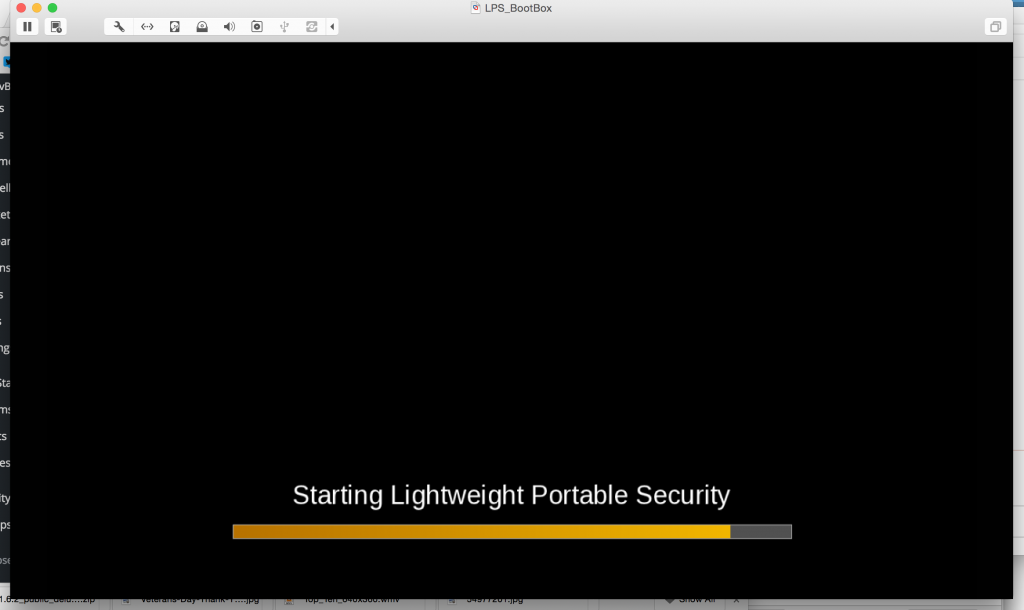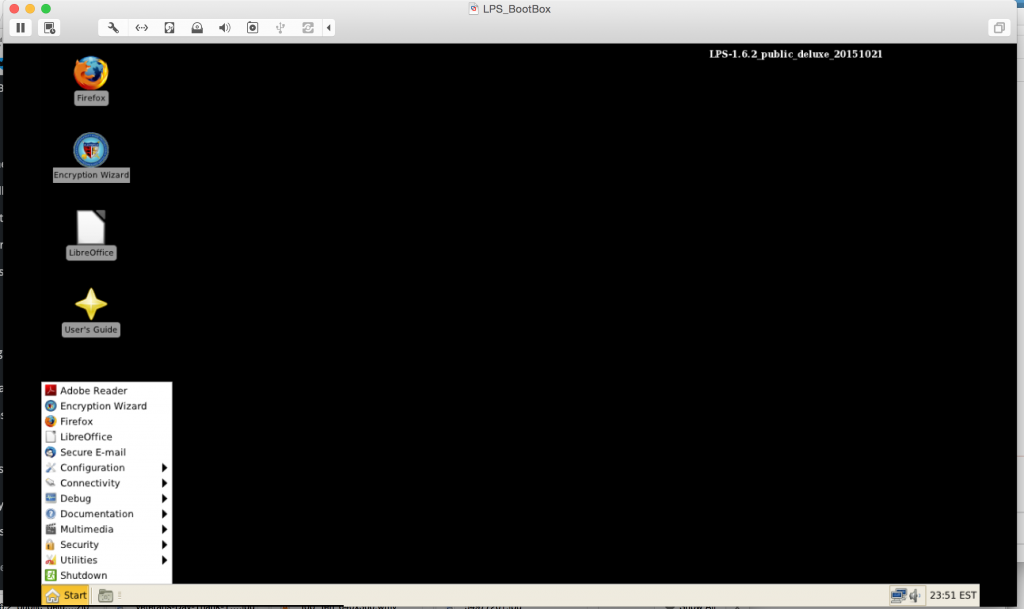vBrisket Veteran’s Day Edition: Lightweight Portable Security
As Americans, we all owe many thanks to those who support our country by serving in the Armed Forces. Let me take this opportunity to say thanks to all active and retired military personal for their efforts. While parades, military salutes at sporting events and free meals are a great way to honor these great men and women, I’d like to recognize a great technology resource that is free to the public, Lightweight Portable Security (LPS).
The IT community is well aware of the major technological advances born from military research, ingenuity and funding. The Internet (originally the ARPANET), navigation/Global Positioning System (GPS) and modern encryption/cryptography are all epic, paradigm shifting technological advancements that changed the course of consumer and enterprise computing. LPS, while not the magnitude of The Internet, GPS and encryption, LPS is very overlooked tool available to use by everyone.
Created by the US Air Force as a part of the DoD Anti-Tamper – Software Protection Initiative (ATSPI), LPS is a bootable Linux operating system that utilizes LiveCD/LiveUSB which enables end-users to boot a clean, stateless OS on virtually any x86 computer. Originally intended for use by DoD, federal employees and contractors, LPS guarantees that any off site non-enterprise managed computer is free of viruses, tracking software or malware. Furthermore, system administrators can send users out in the field with a pre-configured OS created specifically to connect to secure internal resources which in turn solves many issues with BYOD/external access from non-managed computers.
LPS requires minimal hardware to run:
- x86 computer (PC or Mac), bootable CD-ROM drive/USB drive, 1 GB RAM.
- For Internet access: a wired Ethernet port, a wireless (WiFi) device, or a cellular broadband device. iPhone tethering supported. Dialup not supported.
- USB and local network printers supported.
LPS is publically distributed in three flavors LPS-Public, LPS-Public Deluxe and LPS-Remote Access (only available on a request basis). A breakdown of the OS features are as follows:
- LPS-Public is a general-purpose solution for using Web-based applications.
- LPS-Public Deluxe adds OpenOffice and Adobe Reader software on top of all the function with LPS-Public
- LPS-Remote Access is for accessing organizational private networks
The OS image footprint is just under 600 MB, so LPS will fit on a CD or a very inexpensive UBS thumb drive. Lastly, its FREE, supported/updated by the ATSPI and well documented.
What this means for those of you shaking you’re head right now saying “yeah that’s nice but I don’t work for the DoD or a federal contractor”… We all need to be more security conscious and this a simple and creative solution that may work for you… Or this could used this as a basis for a similar lite OS that can be utilized in many situations.
For instance, you could PXE boot old x86 workstations to a lite stateless OS turning them into zero/thin clients. Or you can load preconfigured LiveUSB OS images onto flash thumb drives for your mobile workforce. A little Linux knowledge, Google and your imagination is all that’s required here 😉
Here’s how to get started:
- Download LPS from the ATSPI website – https://spi.dod.mil/lipose.htm
- Burn the ISO on to a CD or load the bootable files to a thumb drive. Here are some instructions for creating a bootable thumb drive from the ATSPI – https://spi.dod.mil/liposeUSB.htm
- Find a x86 computer or VM and… GO!
Happy Veteran’s Day!
Until next time 🙂
John Brescia – @JohnBrescia


